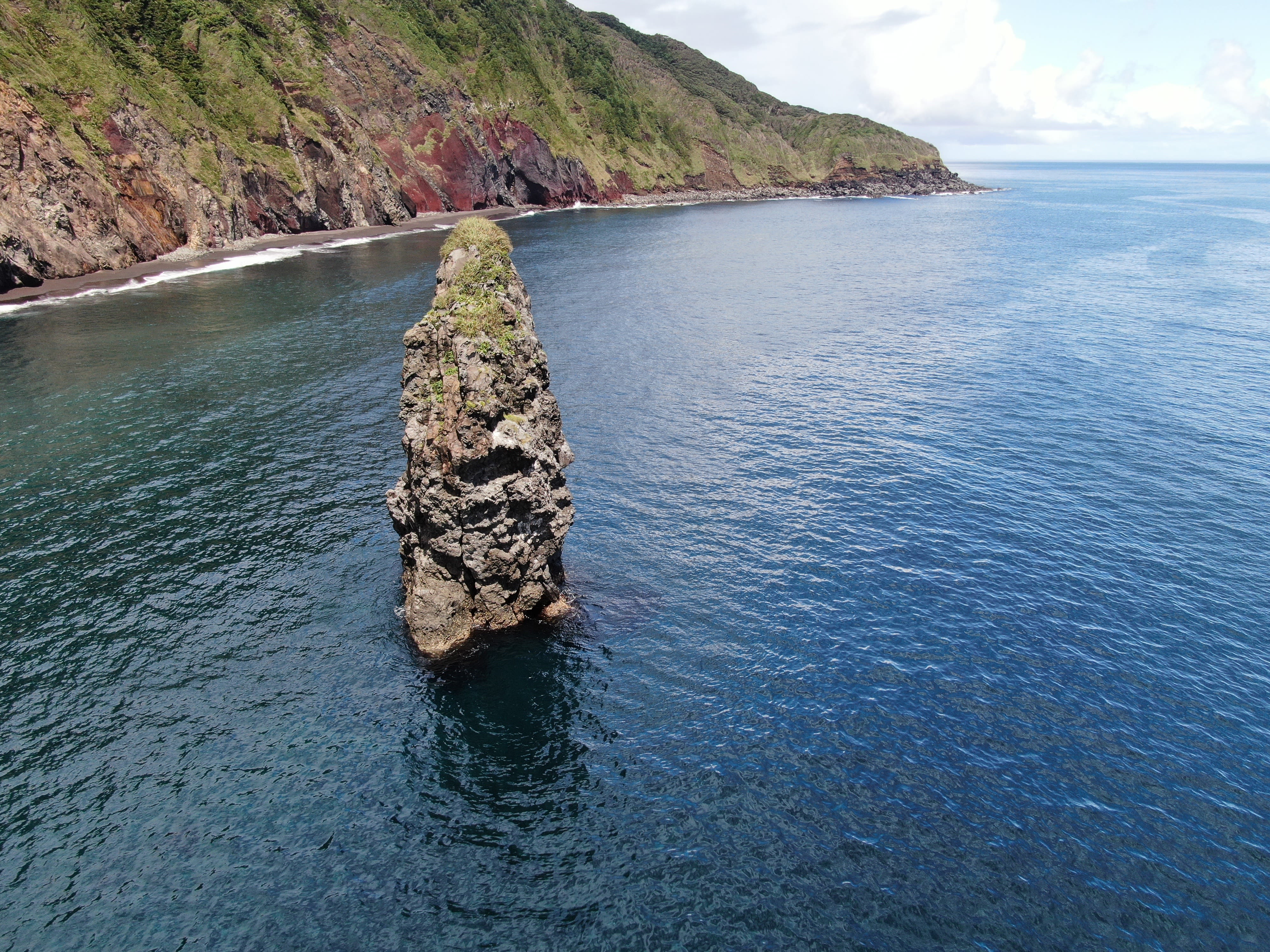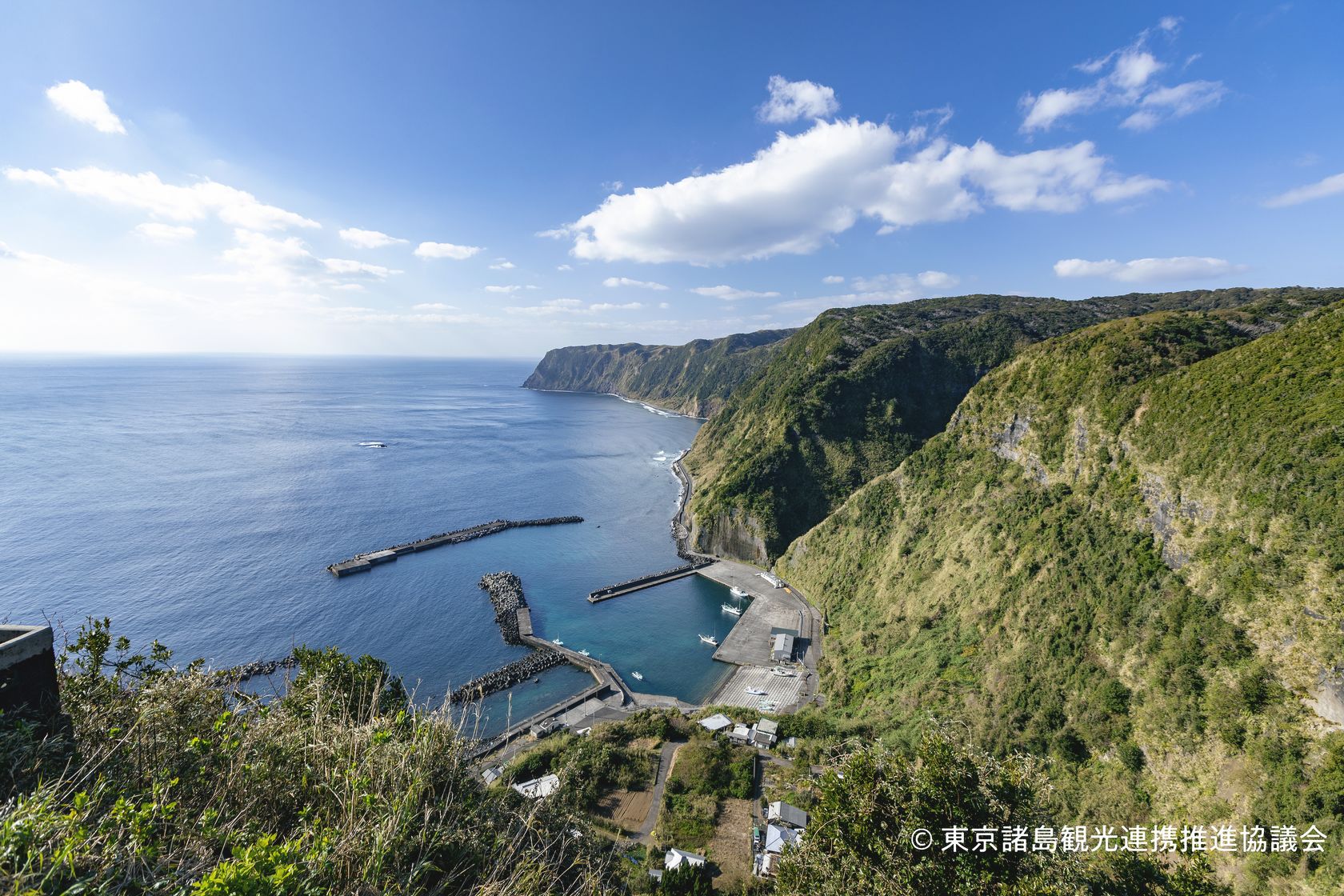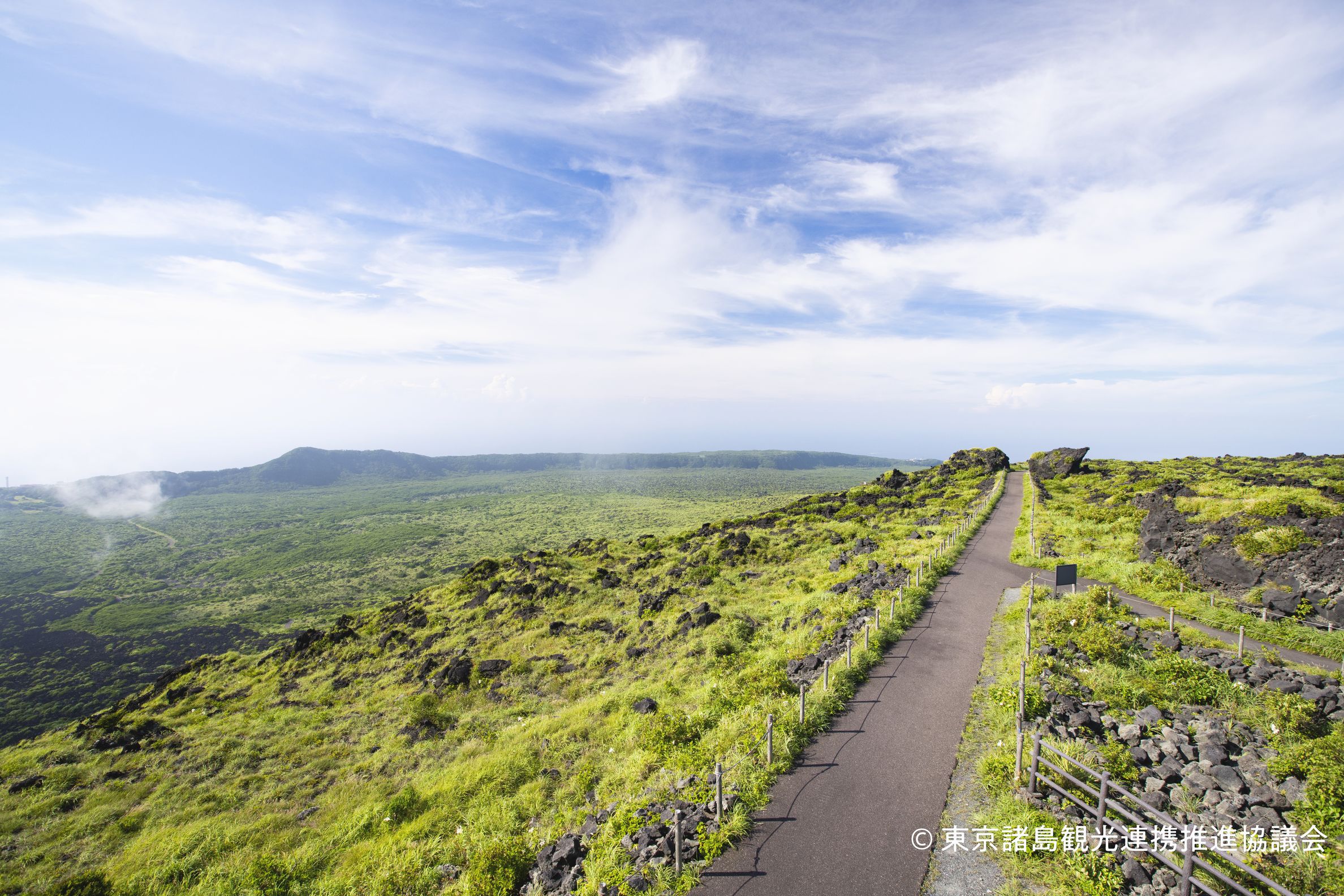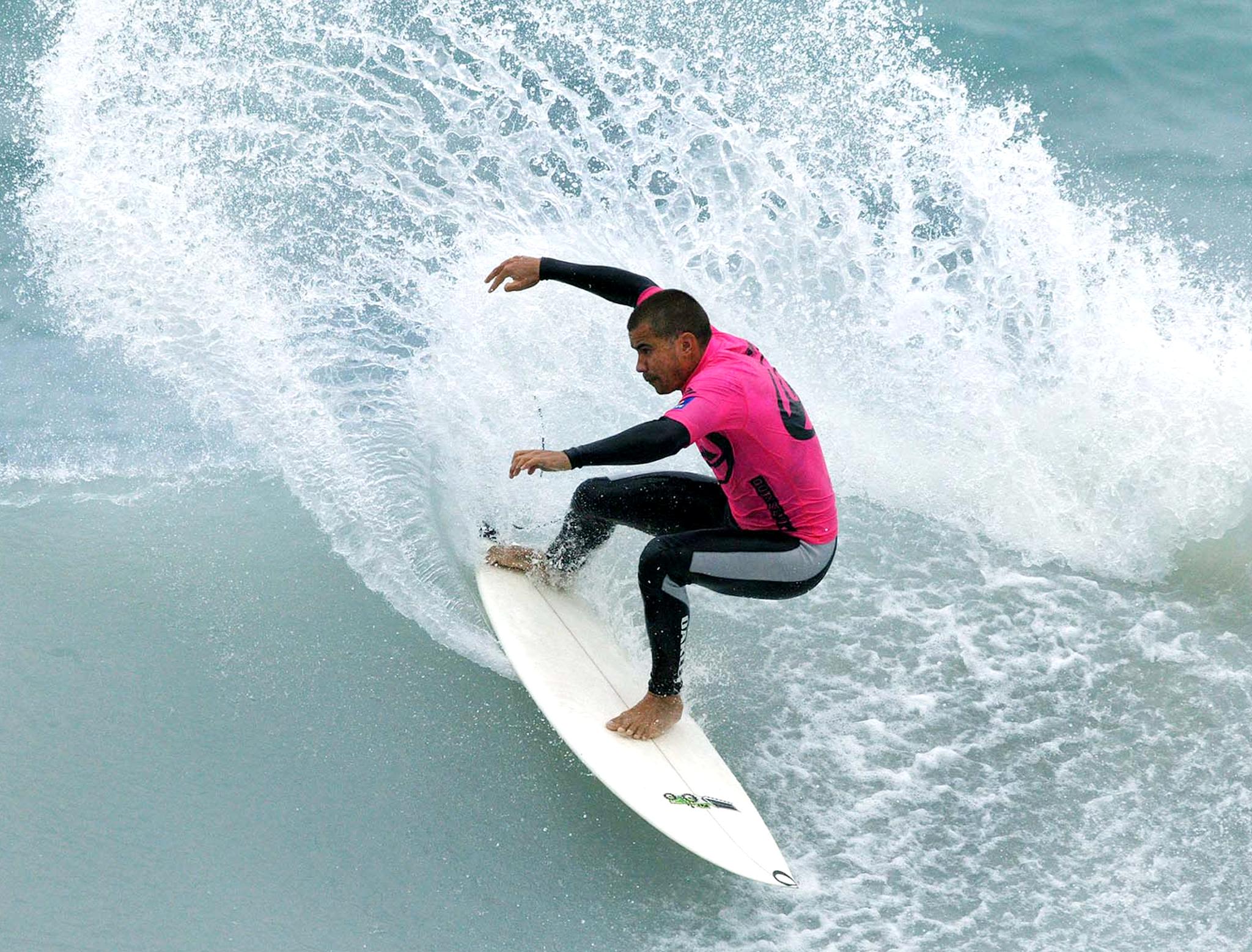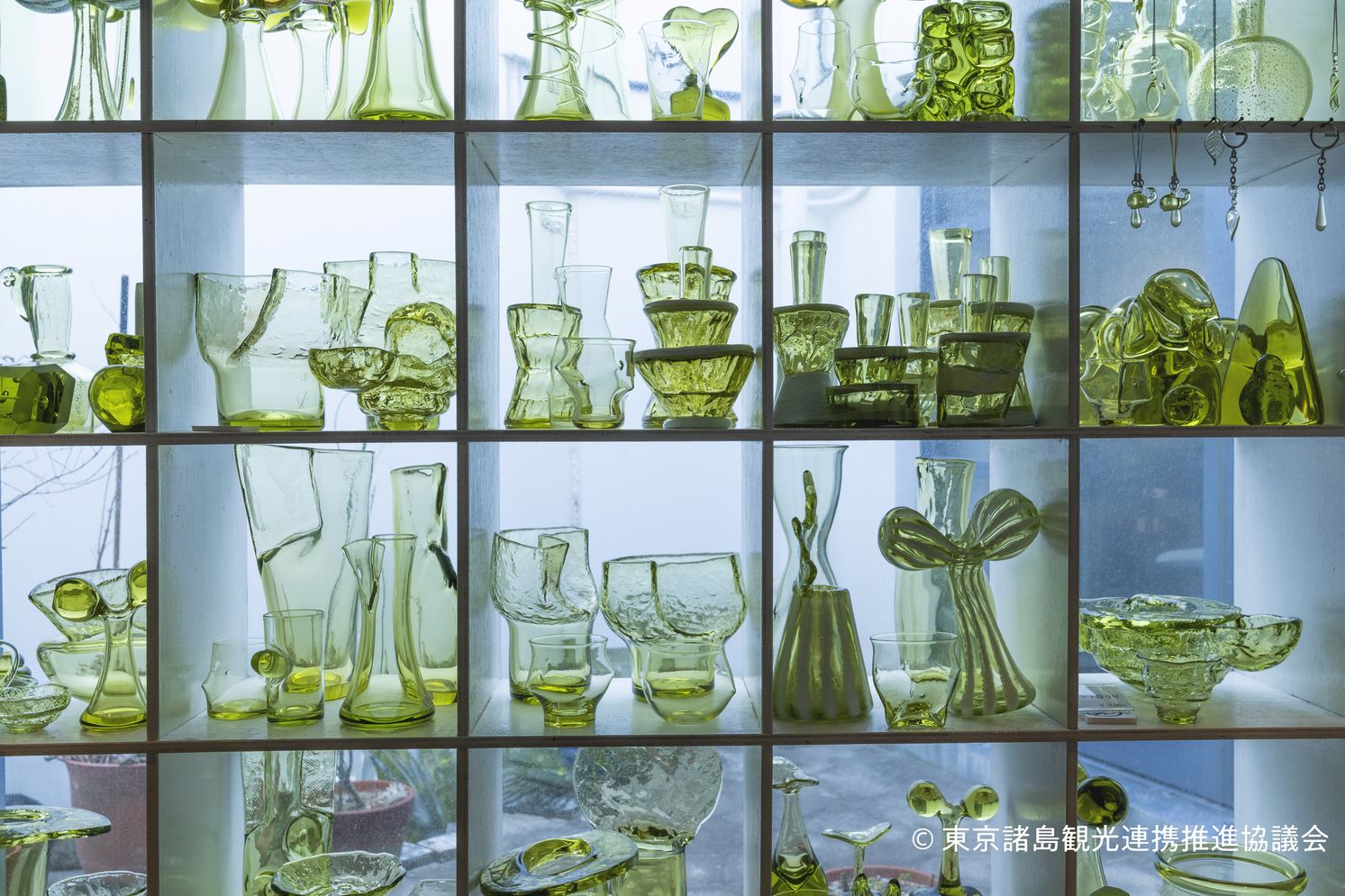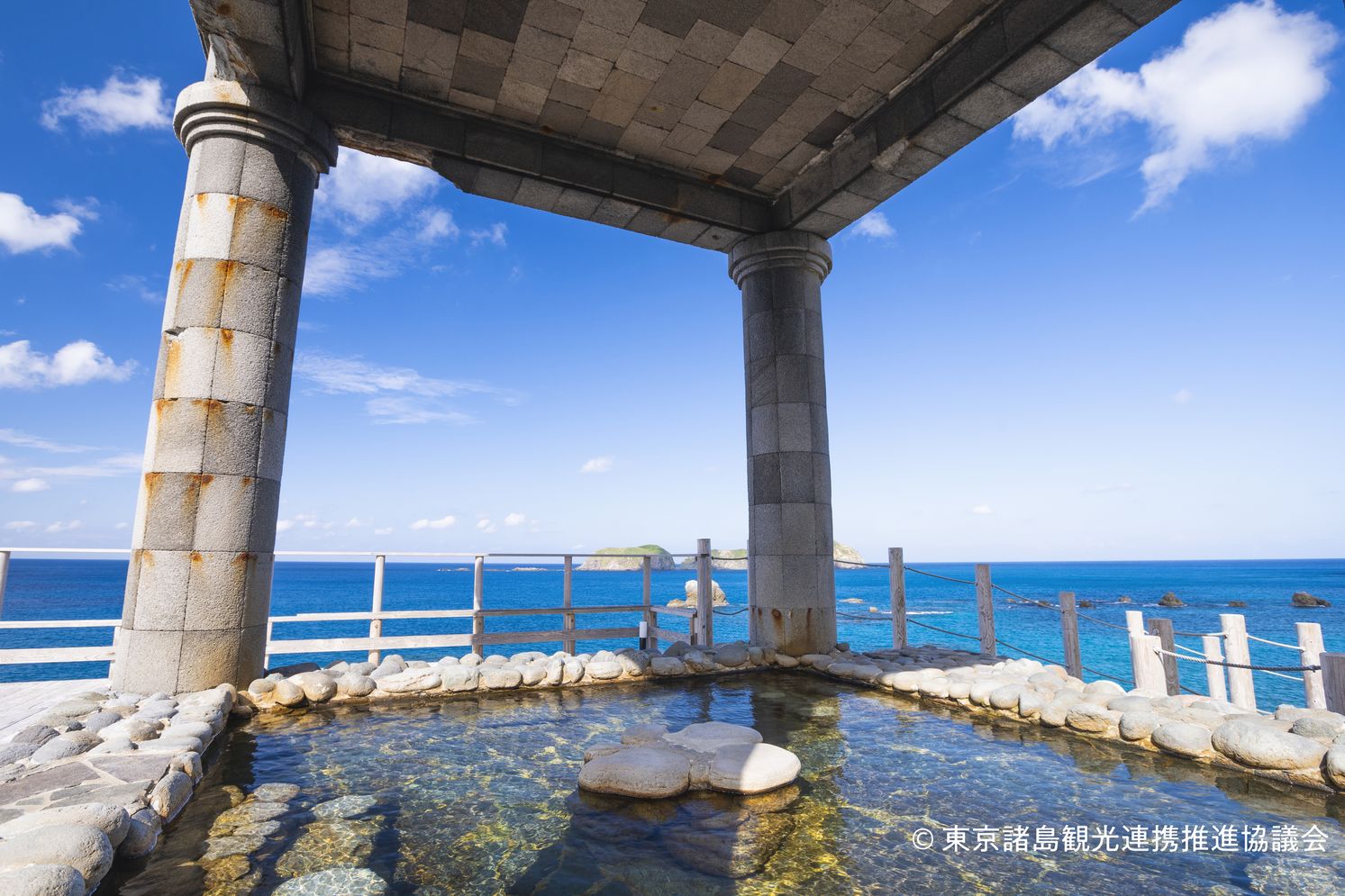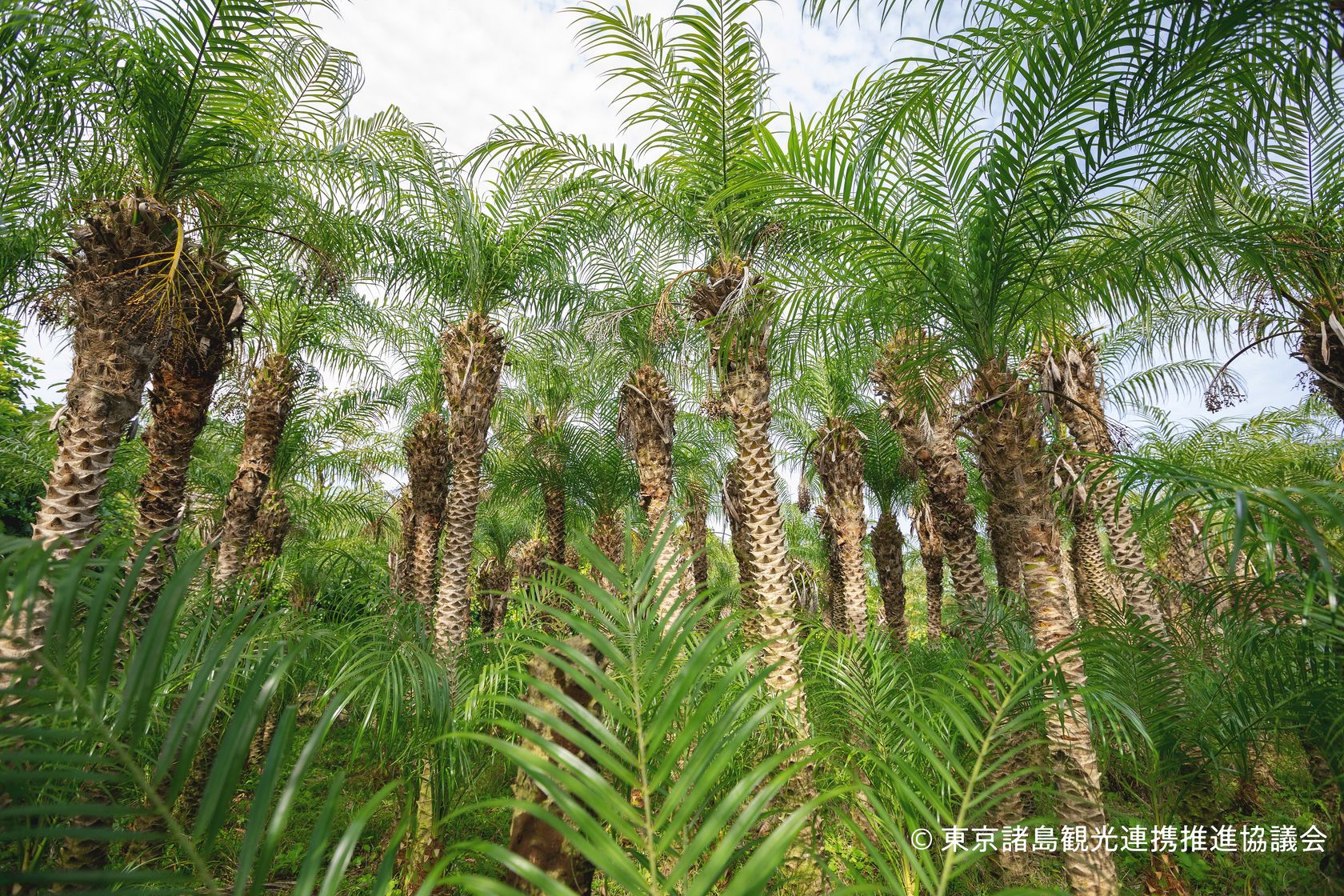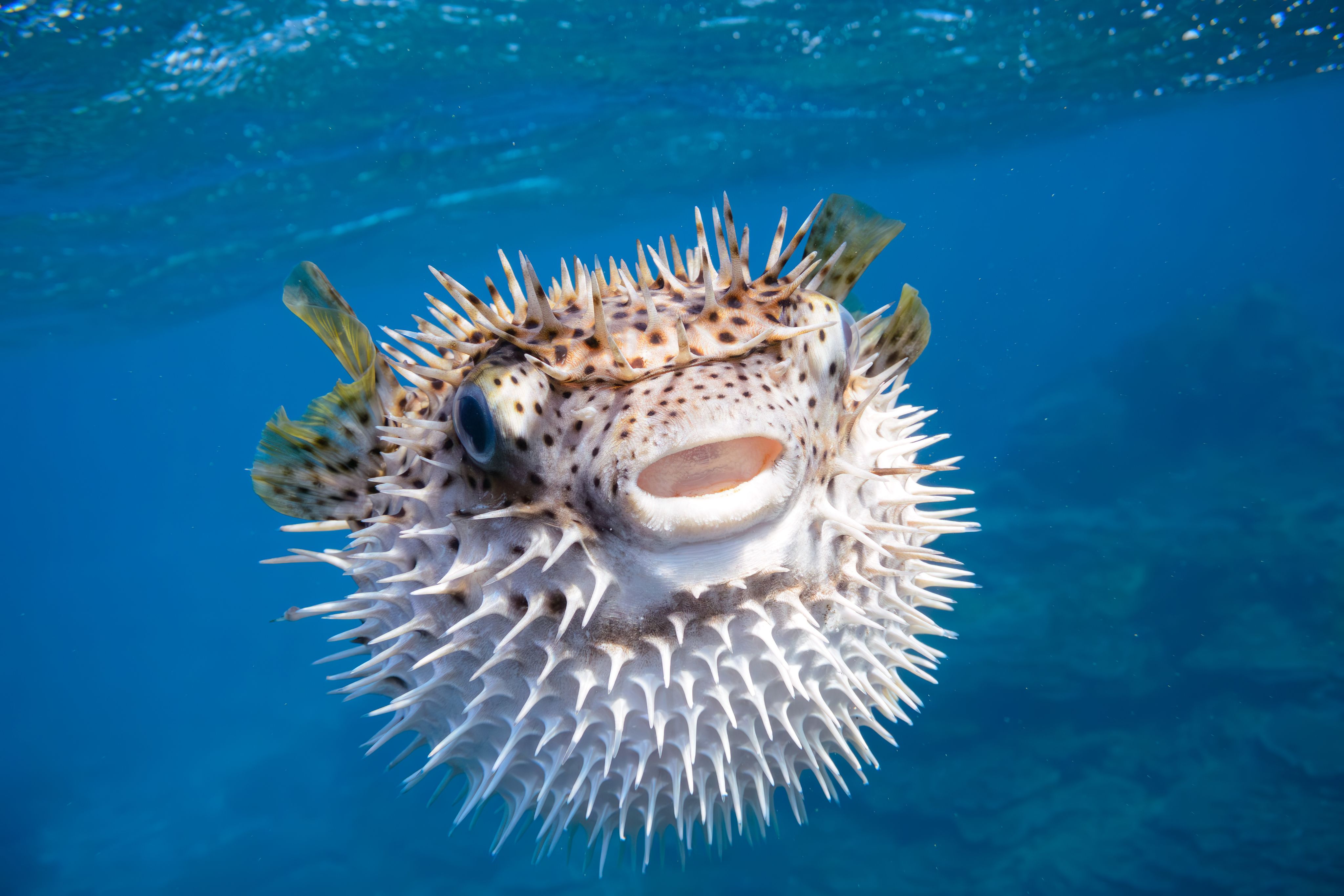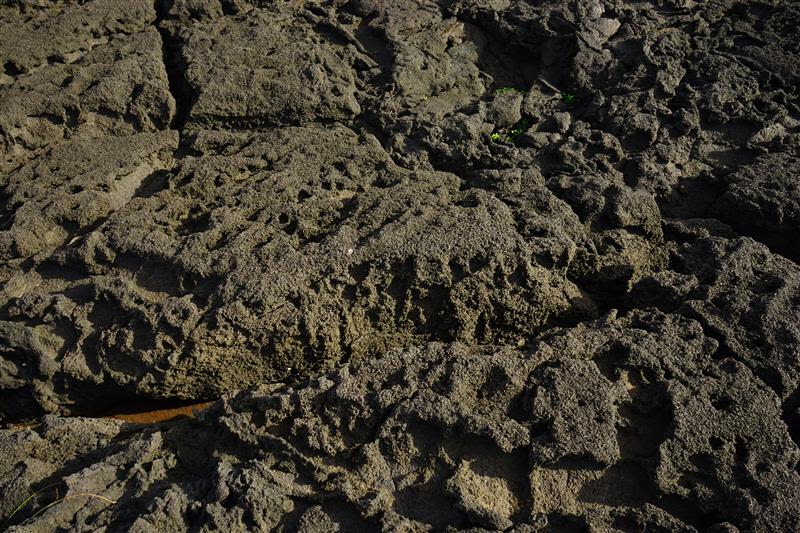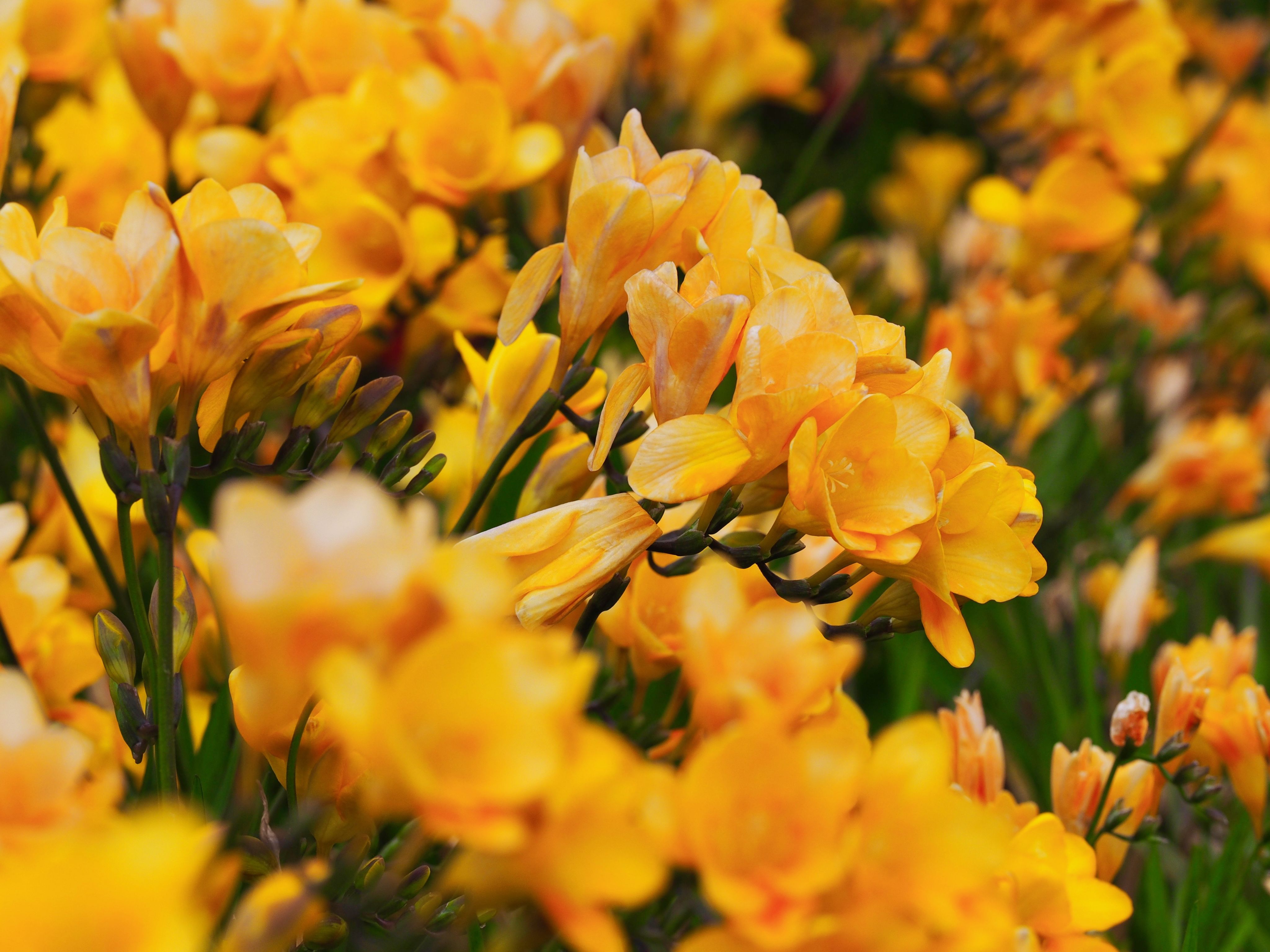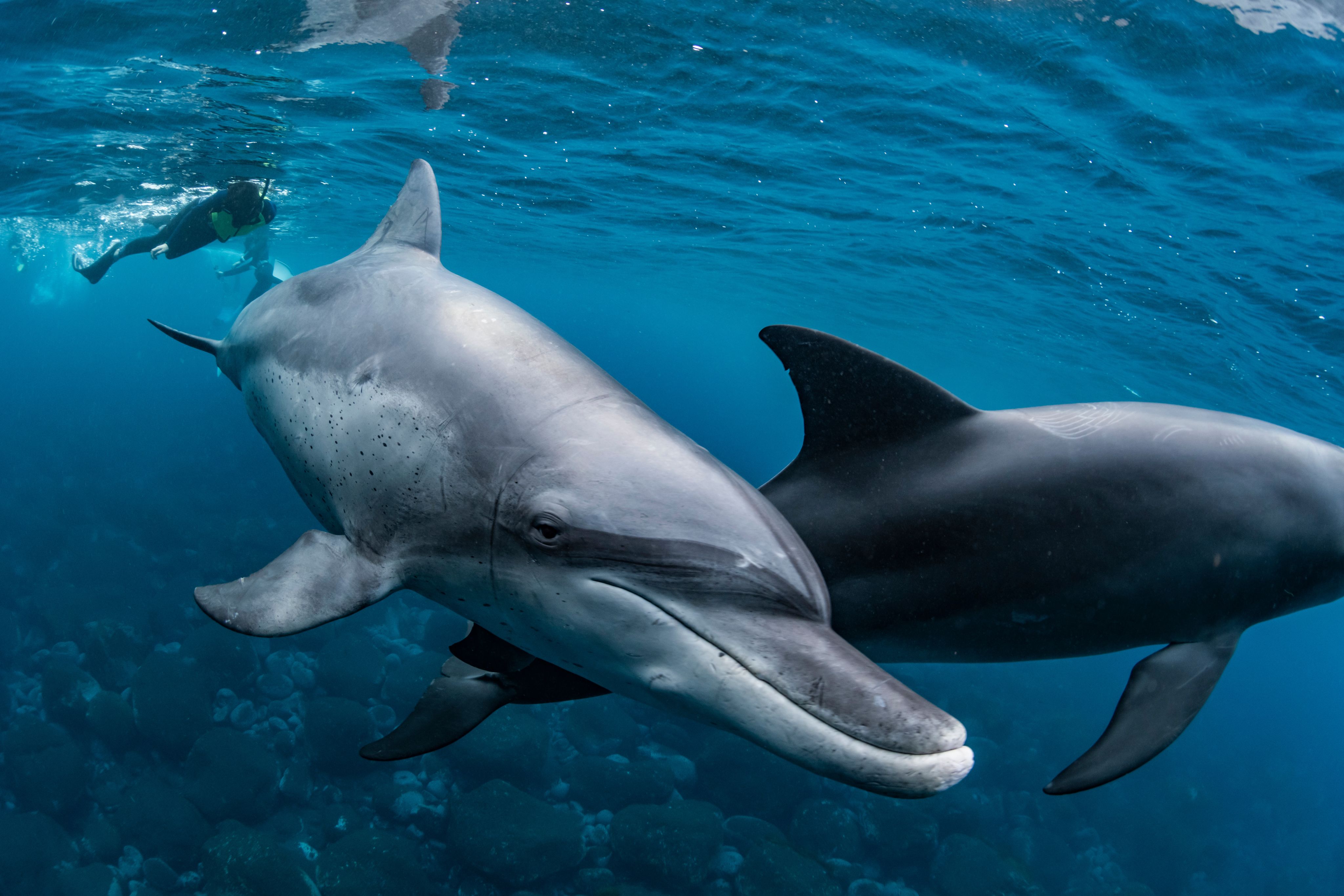EXPLORING THE TOKYO ISLANDS BY SUPERYACHT
OSHIMA, NIIJIMA AND HACHIJOJIMA
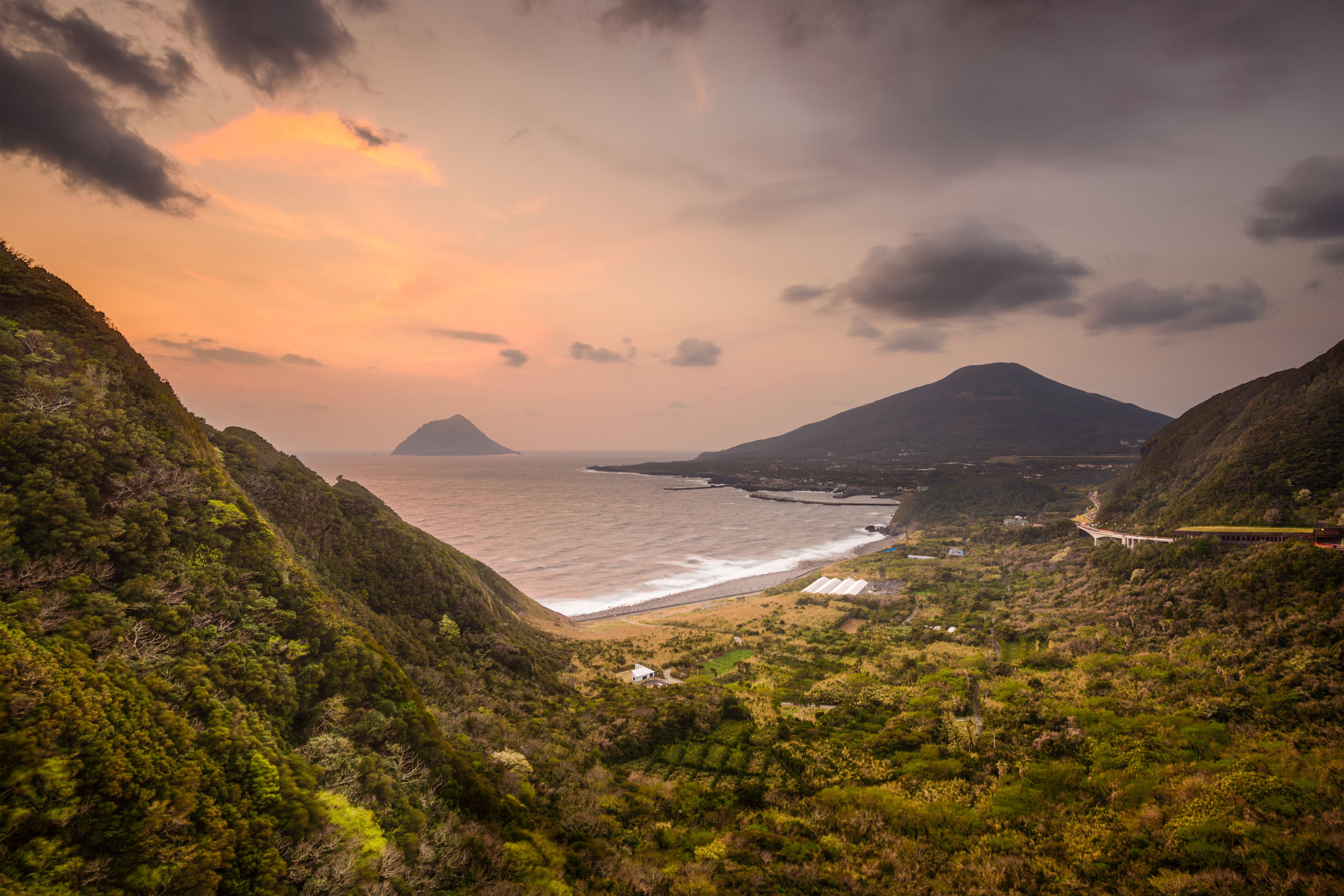


When most people picture Tokyo, they see the city in fast-forward: neon skylines, high-speed trains and Michelin-starred meals.
But set a course just a few hours south by sea and you’ll find a Tokyo that feels worlds apart. Here, volcanic peaks rise out of the Pacific, waves crash against black rock and hot springs steam in the open air as the sun sets behind rugged cliffs.
Izu Oshima ADOBE STOCK
Izu Oshima ADOBE STOCK
ADOBE STOCK Niijima
ADOBE STOCK Niijima
Hachijojima ©Tokyo Islands Tourism Cooperation Promotion Council
Hachijojima ©Tokyo Islands Tourism Cooperation Promotion Council
The Izu and Ogasawara Islands are 11 wild, remote landforms part of the Tokyo Prefecture, yet nothing like the capital you thought you knew. Of the archipelago, three islands in particular - Oshima, Niijima and Hachijojima - are welcoming superyachts.
Spring is perhaps the most enchanting time to arrive, with camellias blooming in vibrant red across the island of Oshima, freesia fields bursting into colour on Hachijojima and cherry blossoms complementing the lush green hills. In summer, the islands come alive with marine activity. Visibility is at its peak for divers and snorkellers, with warm waters perfect for paddleboarding, fishing and swimming. Come autumn, the air turns crisp and clear, offering panoramic mountain views and golden-hued hikes that reveal the raw beauty of these volcanic landscapes.
With berthing facilities, untouched nature and a warm welcome, they offer a chance to see Japan in a slower, more elemental way.
OSHIMA
The volcanic retreat
SATELLITE IMAGE: © MAPBOX, © OPENSTREETMAP

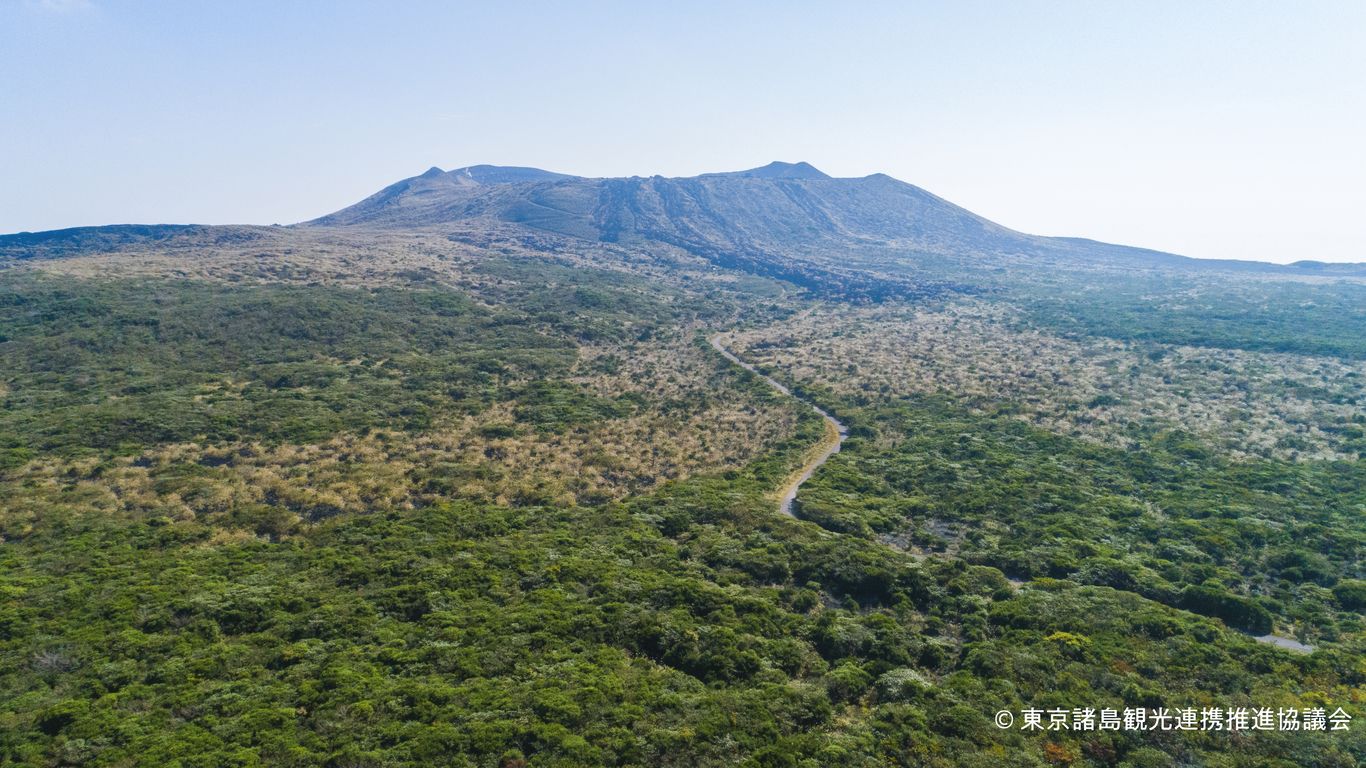
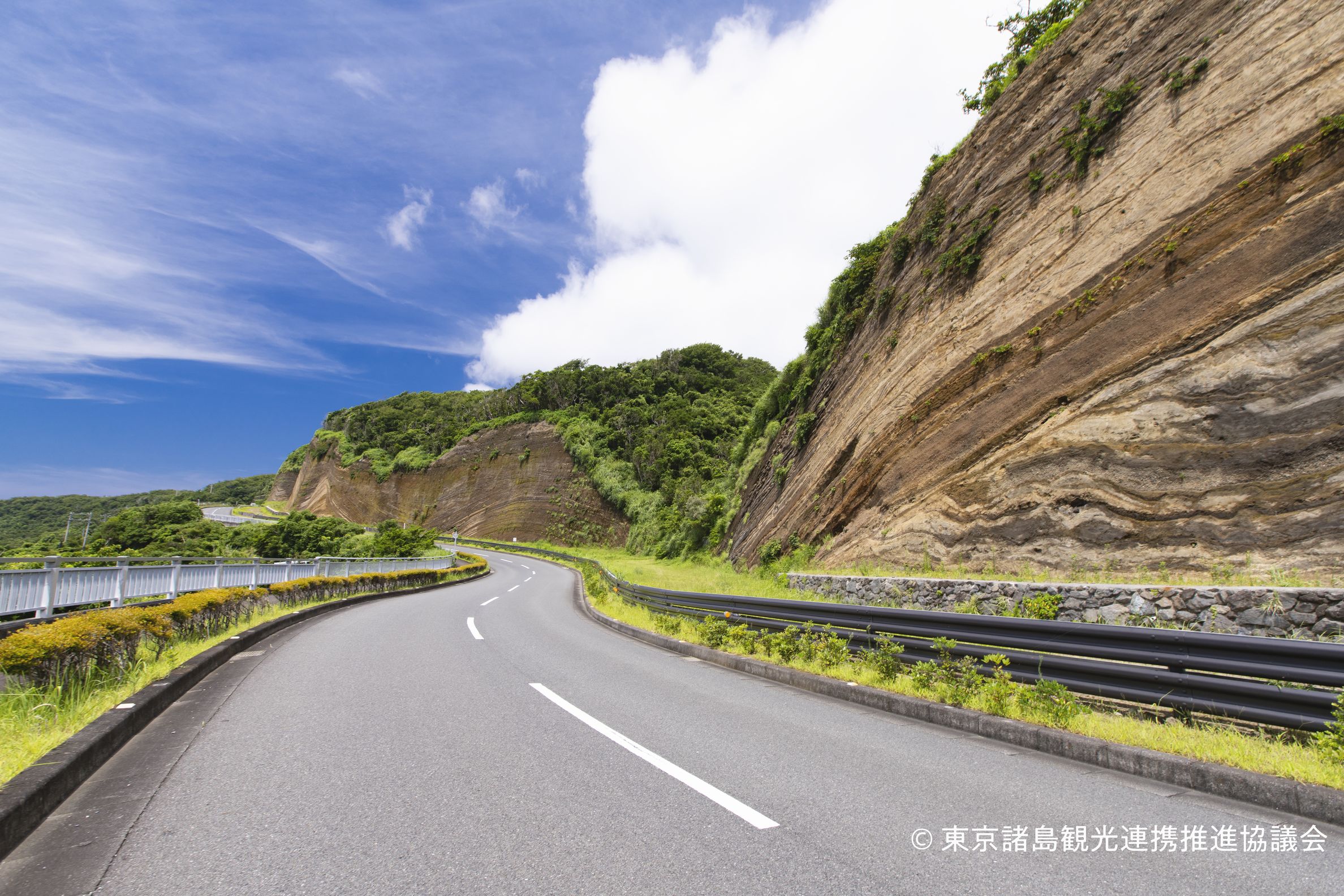
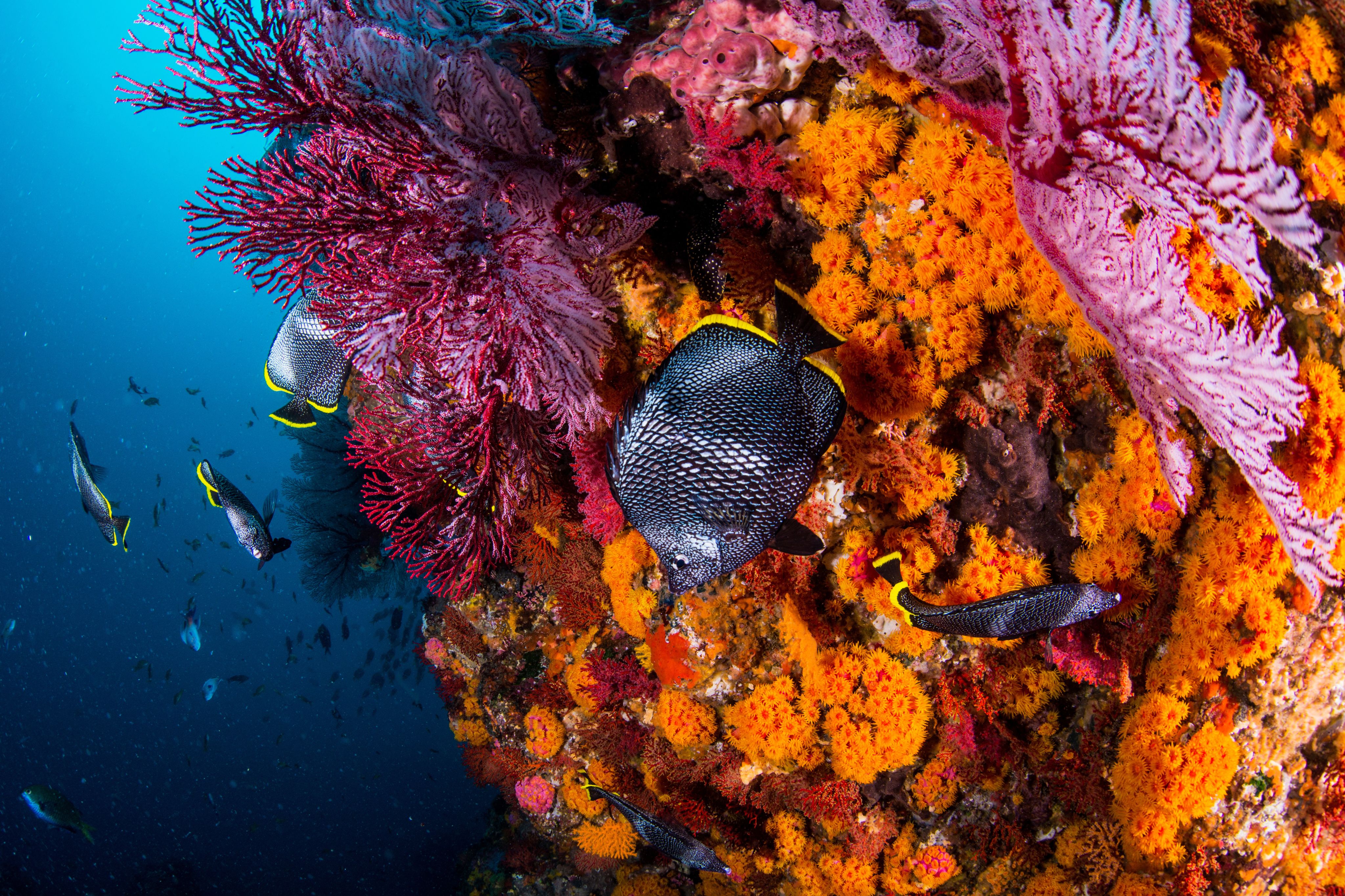
Just 120 kilometres south of Tokyo, Oshima is the gateway to the Izu chain. The largest of the islands, it’s shaped by its volcanic origins - quite literally. Mount Mihara, the island’s active volcano, dominates the landscape. It last erupted in the 1980s, but today it’s considered safe to hike. The summit trek is surprisingly accessible, with gentle switchbacks and panoramic views that, on clear days, reach as far as Mount Fuji. Near the top is a small Shinto shrine unscathed by past eruptions.
Mount Mihara path ©Tokyo Islands Tourism Cooperation Promotion Council
Mount Mihara path ©Tokyo Islands Tourism Cooperation Promotion Council
Oshima’s geological story is also written in stratum. The Great Road Cut, a roadside cliff face, slices through centuries of volcanic ash, each layer marked in streaks of red, brown and grey. Nearby, the Ura-sabaku Desert, a surreal volcanic sandscape, makes for thrilling dune buggy rides that contrast with the otherwise tranquil island pace.
Cross-section of important geological strata Baumkuchen Izu Oshima Tokyo ADOBE STOCK
Cross-section of important geological strata Baumkuchen Izu Oshima Tokyo ADOBE STOCK
Beneath the waves, Oshima continues to impress. The site at Akinohama is a favourite among Japanese divers, known for its lava-stone seabed that filters sediment and keeps visibility high. Sea fans, soft corals and rays thrive here.
Sea slug in Oshima ADOBE STOCK
Sea slug in Oshima ADOBE STOCK
On shore, the port town of Habu offers a more human pace. A sushi bar serves up local catch, and visitors can stroll past boats bobbing in the marina. Come sunset, there are few better ways to end the day than a soak in Hama-no-yu, an open-air hot spring (or onsen) perched above the sea. Swimsuits are permitted - an unusual and welcome option for international visitors new to Japan’s nudist onsen culture.
Don’t leave without picking up a bottle of tsubaki oil, made from native camellia seeds. Rich in antioxidants, it’s been used for centuries in Japanese beauty rituals, and is a thoughtful addition to any superyacht spa.
Oshima is also accessible by air, with a small airport capable of handling private jet landings. However, there’s no CIQ (Customs, Immigration, Quarantine) on the island, so international travellers must first complete clearance within Japan before continuing to Oshima.
©Tokyo Islands Tourism Cooperation Promotion Council
©Tokyo Islands Tourism Cooperation Promotion Council
NIIJIMA
The surf and art escape
SATELLITE IMAGE: © MAPBOX, © OPENSTREETMAP
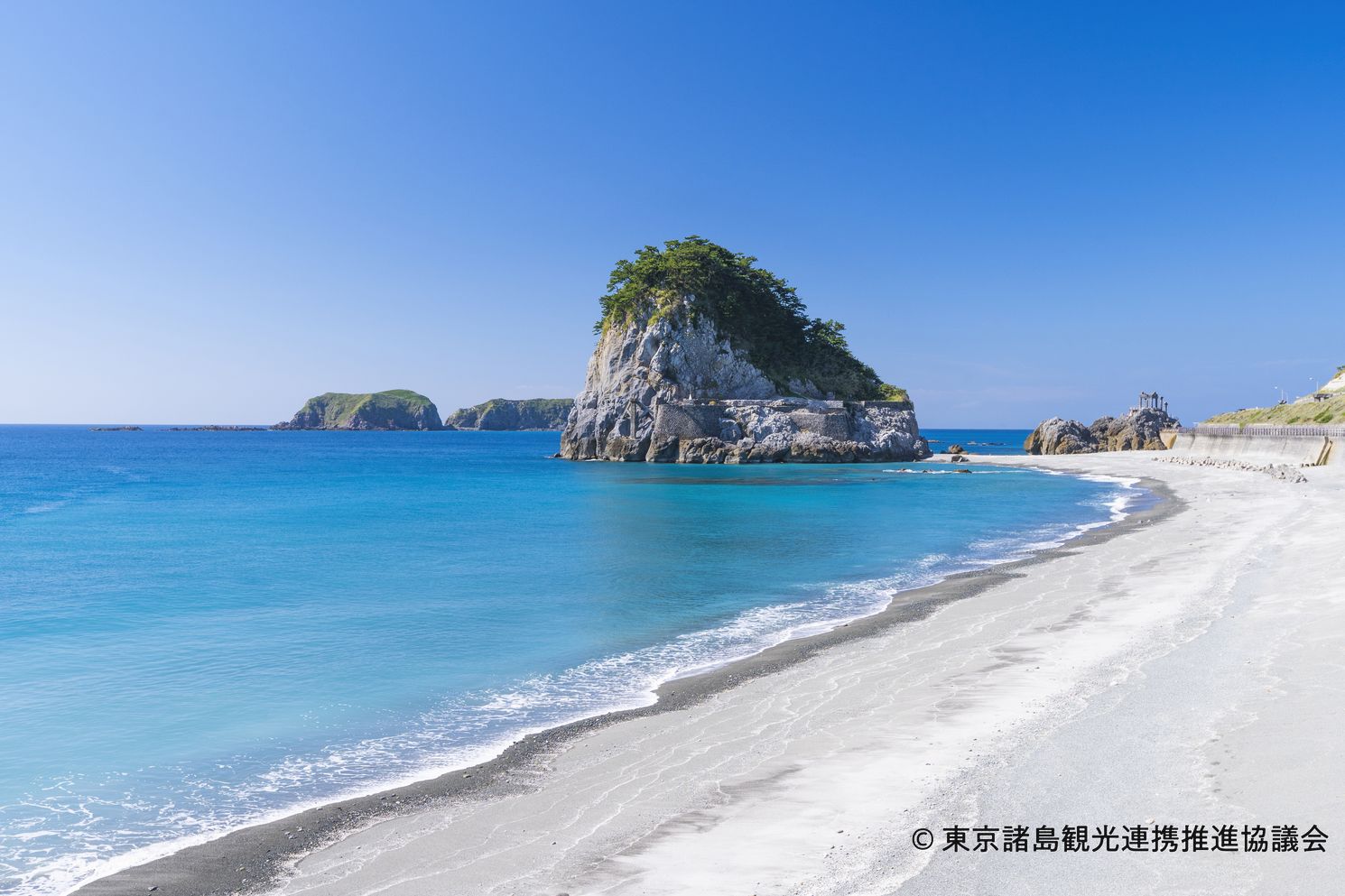
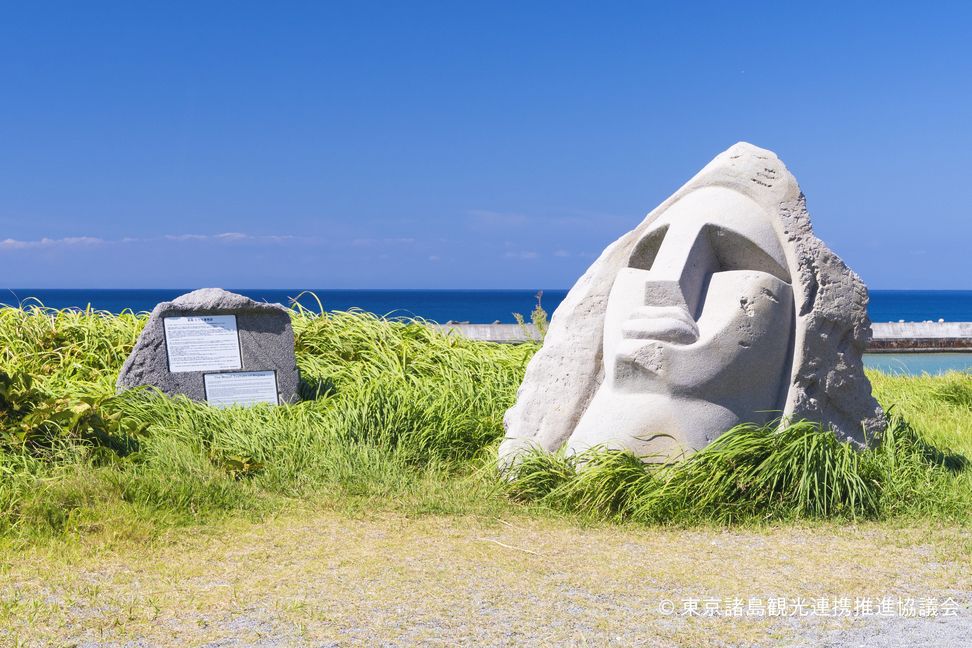
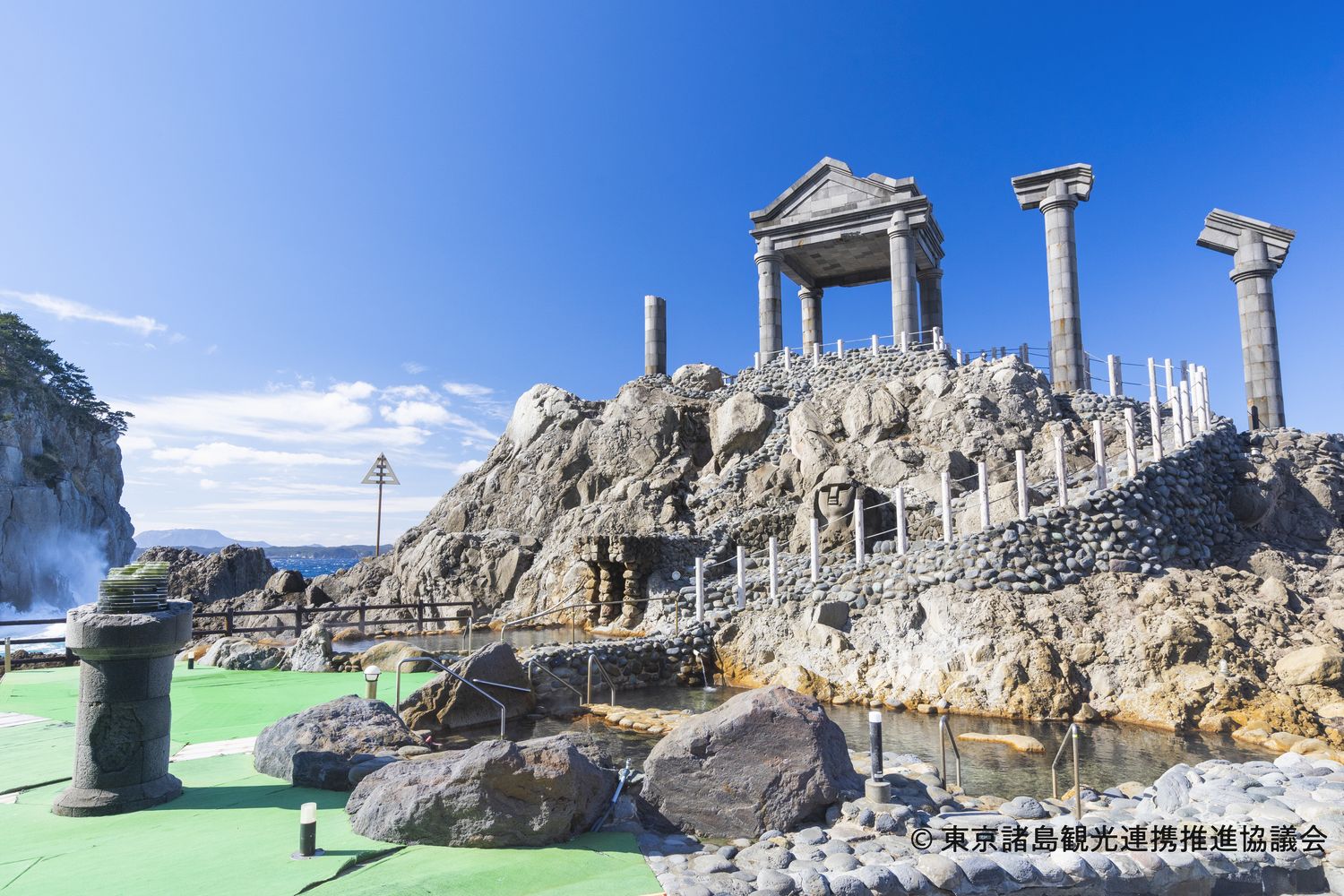
Niijima feels like Oshima’s creative, barefoot cousin. Renowned for its surf culture and beachy, laid-back vibe, it’s a magnet for Japanese surfers and artisans. Habushiura Beach is its star attraction - a long sweep of white volcanic sand, backed by wind-shaped pines and crashing waves.
Australian Dean Morrison competes in a surfing competition at Habushiura Beach, Niijima 2003 PIERRE TOSTEE/AFP via Getty Images
Australian Dean Morrison competes in a surfing competition at Habushiura Beach, Niijima 2003 PIERRE TOSTEE/AFP via Getty Images
The island has a strong artistic identity. At the Niijima Glass Art Center, guests can try their hand at glass etching and engraving onto unique green pieces made from the island’s native koga stone – a olive-hued material found only here and on Italy’s Lipari Island. Scattered around the island are a collection of Moai-like statues sculpted from the same stone, each bearing a different expression.
©Tokyo Islands Tourism Cooperation Promotion Council
©Tokyo Islands Tourism Cooperation Promotion Council
For those seeking rejuvenation, Yunohama onsen is a highlight. Open 24 hours and styled like an ancient Greek temple, it’s built entirely from local stone and open to all ages, with swimsuits required. Fishing is another draw, with bream, mackerel and squid easily caught offshore, which can be transformed by the onboard chef into a fresh omakase meal.
Yunohama onsen ©Tokyo Islands Tourism Cooperation Promotion Council
Yunohama onsen ©Tokyo Islands Tourism Cooperation Promotion Council
Niijima also makes a perfect base for day trips to nearby Shikine-jima - a small, even quieter island with lush hiking trails and more onsens.
©Tokyo Islands Tourism Cooperation Promotion Council
©Tokyo Islands Tourism Cooperation Promotion Council
HACHIJOJIMA
The lush tropical paradise
SATELLITE IMAGE: © MAPBOX, © OPENSTREETMAP
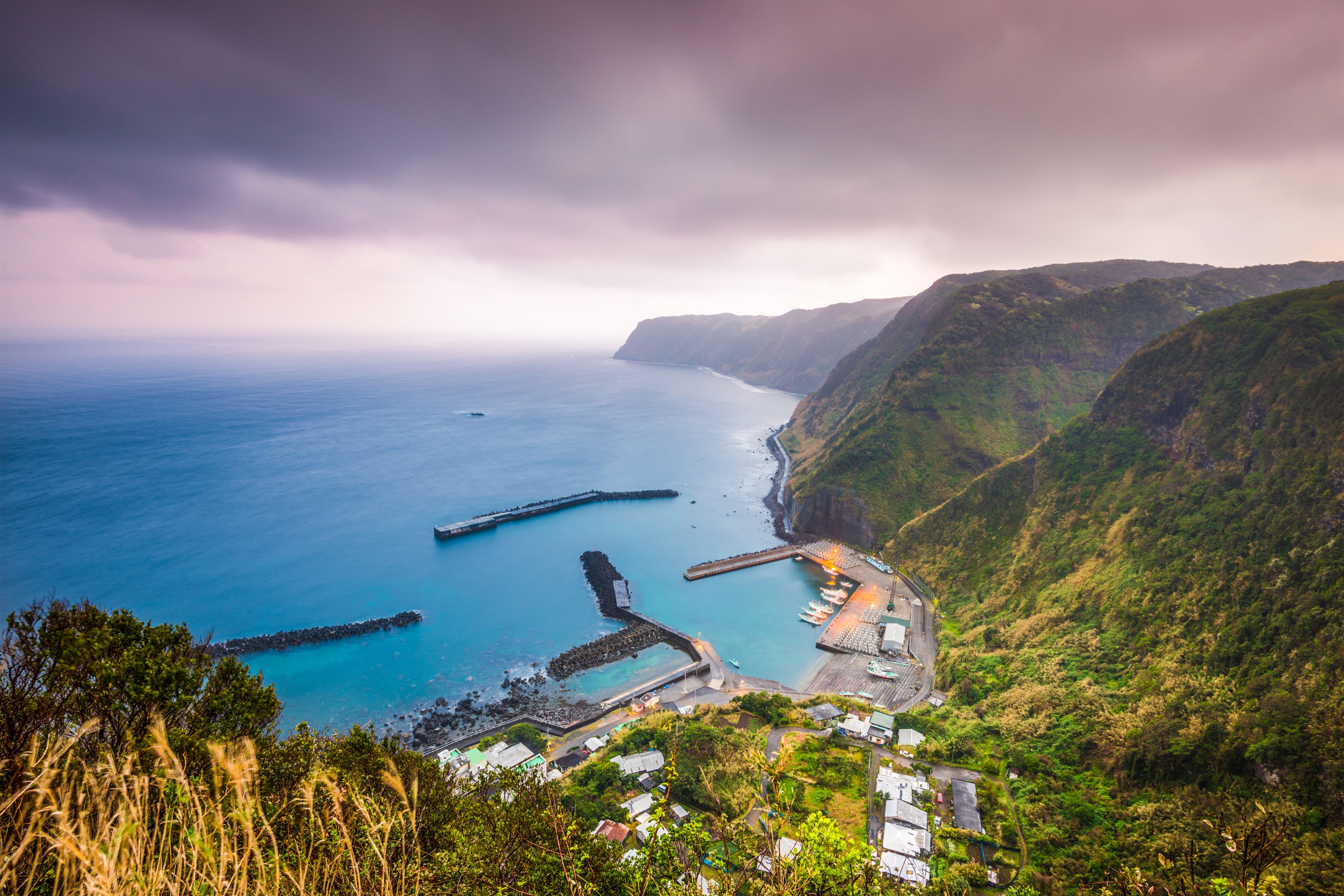
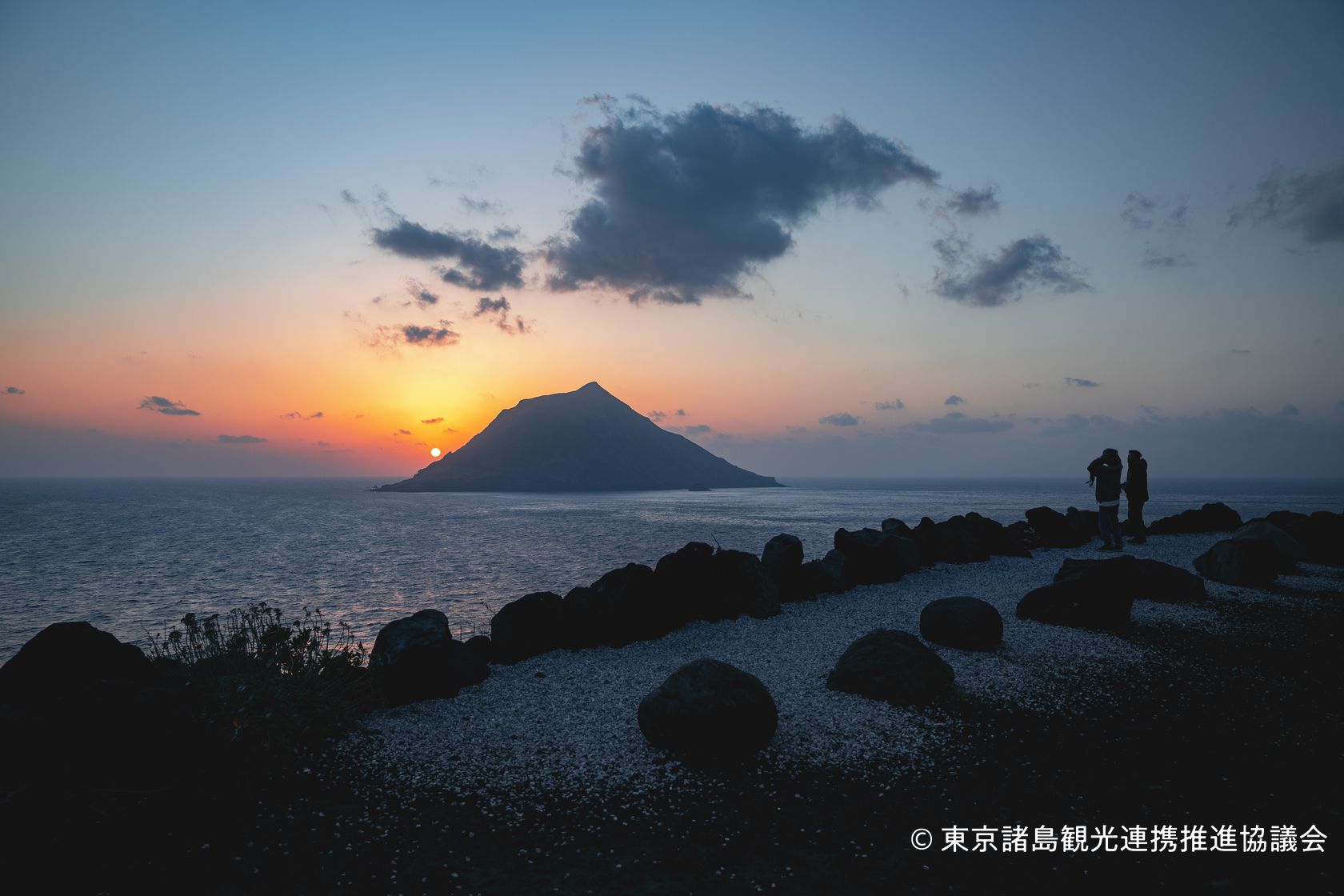
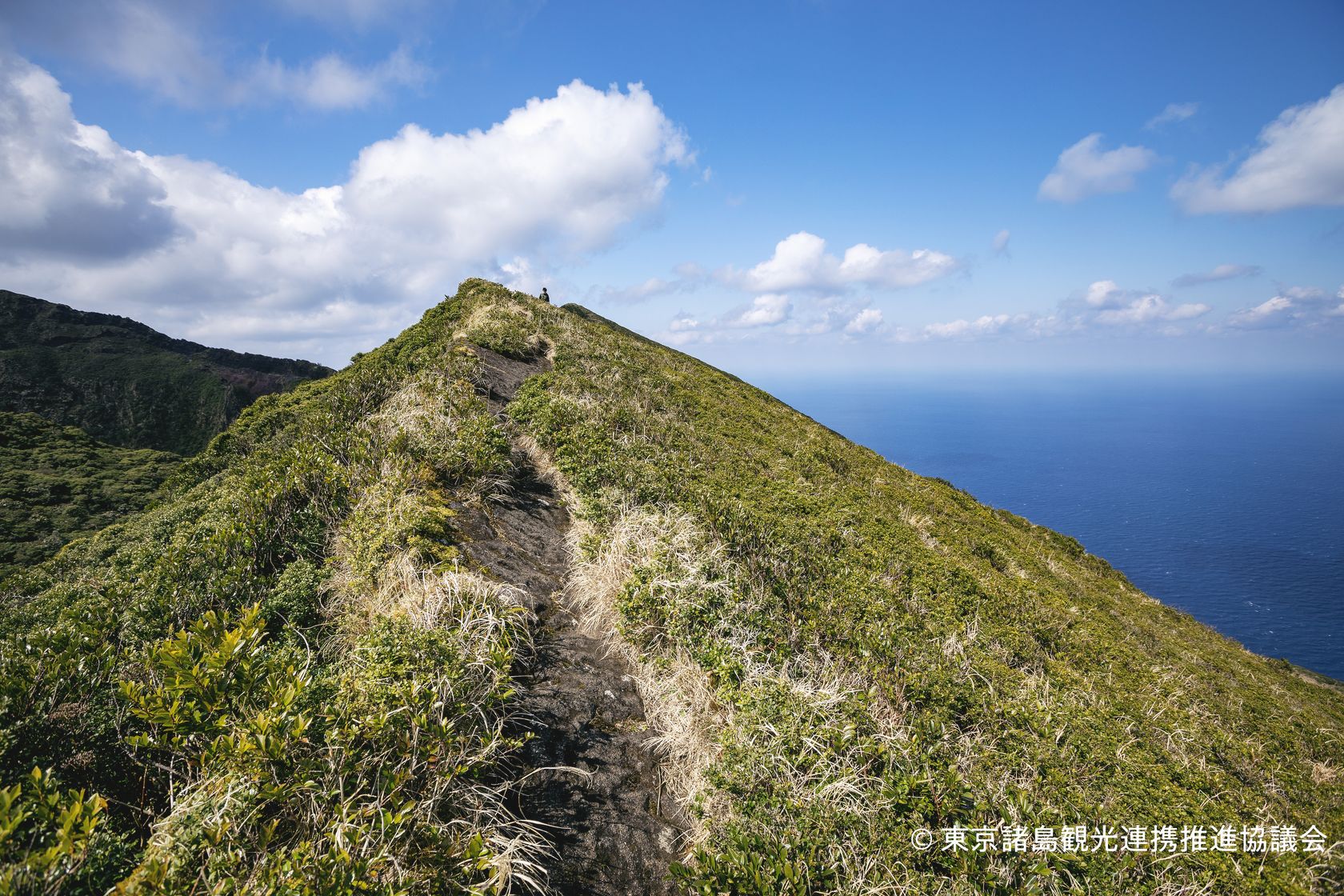
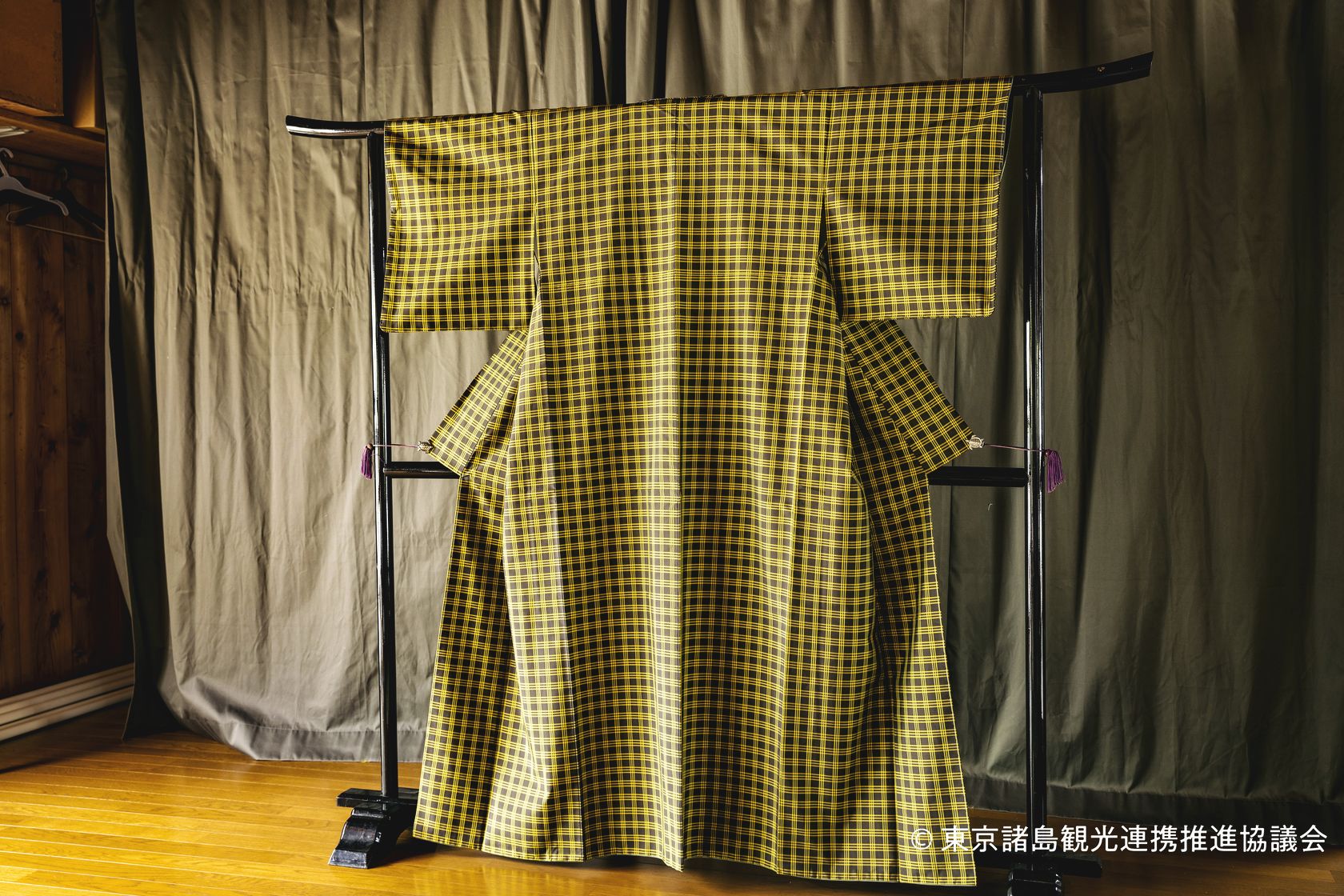
With emerald-green mountains, dense subtropical forests and coral-rich seas, Hachijojima is the furthest south of the three and the most tropical in character.
©Tokyo Islands Tourism Cooperation Promotion Council
©Tokyo Islands Tourism Cooperation Promotion Council
The island’s volcanic origin lends itself to a diverse and colourful underwater world. Sokodo Beach is a must for scuba divers, with sea turtles a common sight and rare species like the wrought-iron butterflyfish and redtail triggerfish found nowhere else in Japan. Reef walls and drop-offs provide thrilling terrain for advanced divers, while sheltered bays are perfect for those who prefer snorkelling.
A spot-fin porcupinefish at Sokodo Beach ADOBE STOCK
A spot-fin porcupinefish at Sokodo Beach ADOBE STOCK
Back on land, there is Nanbara Senjojiki, a dramatic black lava plateau that stretches out to sea, sculpted by millennia of eruptions. Hiking up Hachijo Fuji - the island’s highest peak - offers views across the archipelago and a calming sense of isolation.
Nanbara Senjojiki, Coast and Lava Rocks ADOBE STOCK
Nanbara Senjojiki, Coast and Lava Rocks ADOBE STOCK
Hachijojima’s cultural life is just as rich. Visit in spring for the Freesia Festival, when meadows burst into bloom, or explore the delicate art of Kihachijo weaving - an intricate, saffron-toned silk textile that has been made here for over a thousand years.
Freesia GETTY IMAGES
Freesia GETTY IMAGES
Hachijojima also has an airport suitable for private jets. Like Oshima, it lacks CIQ, so travellers must first arrive in Japan via an official port of entry before continuing onwards to Hachijojima.
From Hachijojima, consider a helicopter day trip with a TOKYO ISLANDS Shuttle to Mikurajima, where wild dolphins congregate in pods just offshore.
ADOBE STOCK
ADOBE STOCK
Why these islands work for superyachts
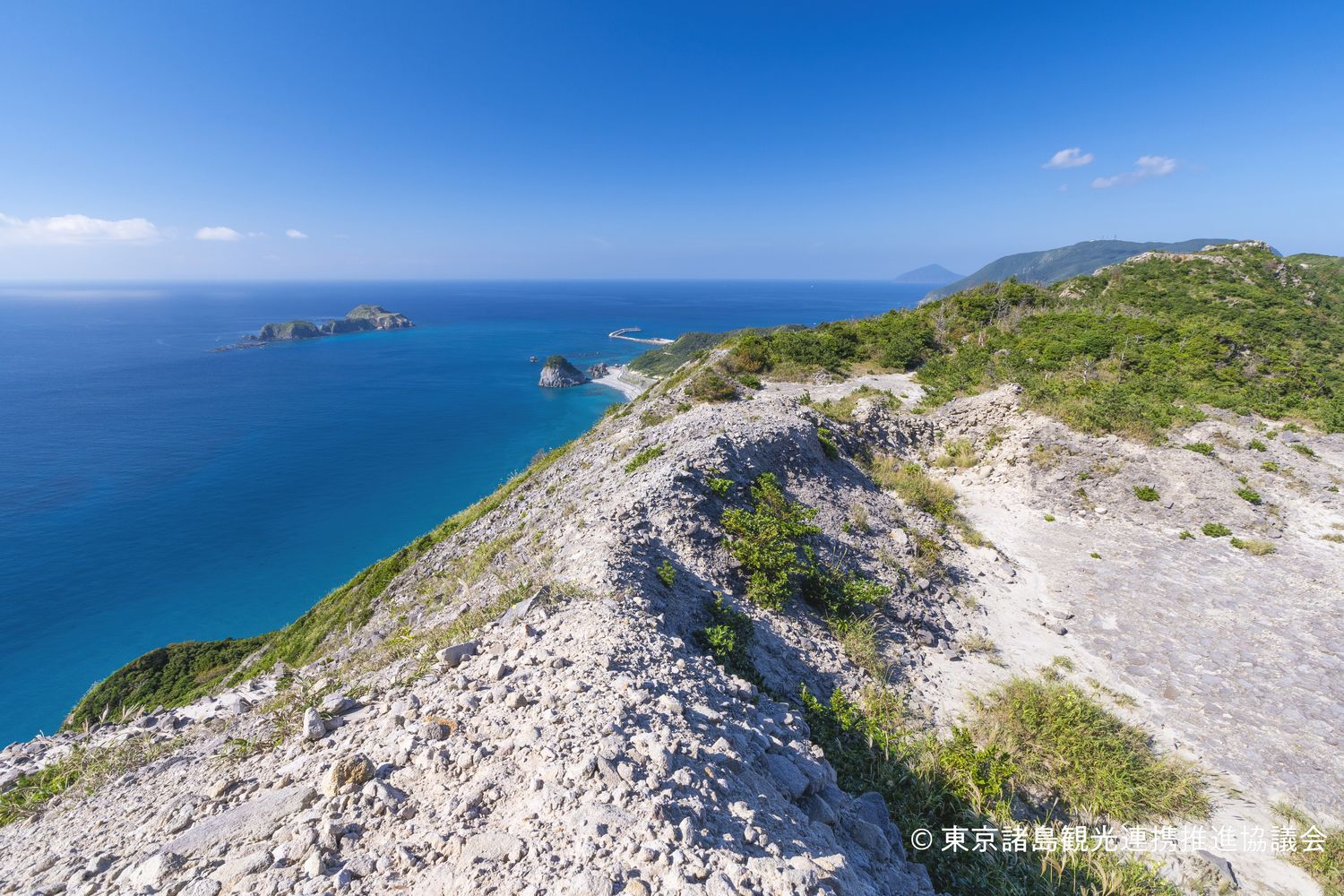
While the Mediterranean and Caribbean still dominate superyacht itineraries, the Izu Islands represent a new frontier for owners seeking something different. Each island offers something unique: Oshima for its drama and geology, Niijima for surf and creativity, Hachijojima for serenity and natural richness.
Their proximity to Tokyo makes them surprisingly accessible, yet they remain far enough from tourist trails to feel like a true escape.
For more information on visiting the Izu Islands by superyacht, contact the Tokyo Metropolitan Government, Bureau of Port and Harbour.
SPONSORED CONTENT CREATED FOR THE TOKYO METROPOLITAN GOVERNMENT



